Every time you step into your car and feel the grip of your tyres on a wet road or enjoy the embrace of a perfectly fitted seatbelt, you’re experiencing the legacy of Formula 1 ingenuity. It’s easy to think of F1 as a world apart—one filled with carbon fibre, breakneck speeds and roaring engines—but some of the most vital safety features and cutting-edge tech in our everyday vehicles were born on the twisting circuits of Monaco, Silverstone or Monza. From powertrains to paintwork, the world of grand prix racing has quietly become our personal automotive playground.
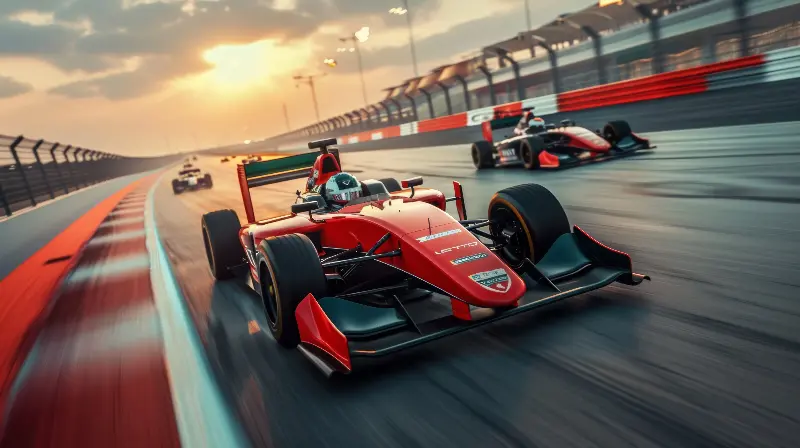
The Birth Of Modern Braking: From Carbon Ceramic To Anti-Lock
Braking is one area where the influence of F1 cannot be overstated. Early Formula 1 cars relied on drum brakes, but as speeds increased, so did the need for quicker, more reliable stopping power. Enter carbon ceramic disc brakes—a marvel of engineering developed to endure intense heat and pressure over race after race. Today, high-performance road cars like certain BMWs and Ferraris use similar technology, offering everyday drivers fade-resistant stopping even after repeated use.
Another pivotal moment arrived with anti-lock braking systems (ABS). Originally tested and fine-tuned on the racetrack, ABS prevents wheels from locking under hard braking. This not only enhances control in emergencies but is now standard in nearly every new car, ensuring slippery conditions are far less daunting for today’s drivers.
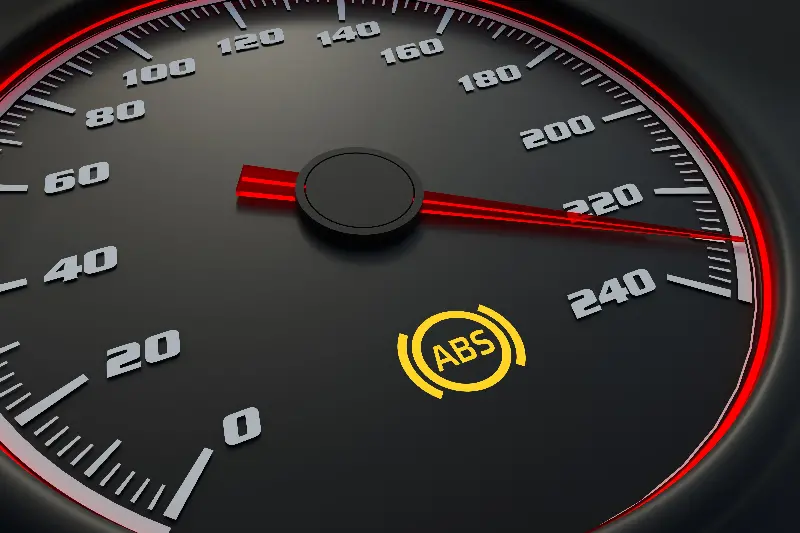
Changing The Game: Active Aerodynamics For Efficiency And Safety
Wings, splitters and diffusers aren’t just for show—each was first scrutinised in the wind tunnel of an F1 factory before making its way to the average model. In racing, a well-designed wing can mean tenths of a second shaved off a lap. For the family car, the benefits are subtle yet profound: improved fuel economy, better stability at motorway speeds and even reduced cabin noise.
Recently, active aerodynamic systems have entered the mainstream. Adjustable spoilers and air dams, which rise or fall depending on speed, originated in F1 as a way to balance speed with cornering. Now, luxury cars like the Porsche Panamera automatically tweak their aerodynamic profiles to prioritise grip or fuel economy, based on your driving style.
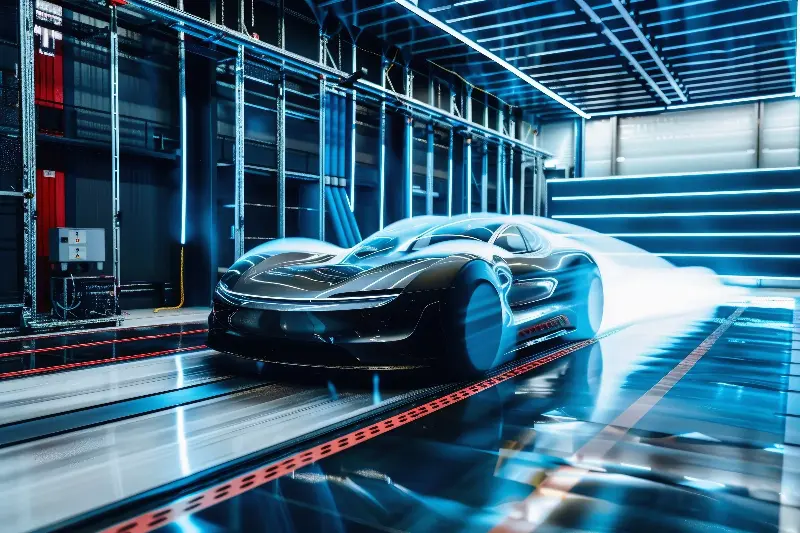
Safety Features With Racing Pedigree: Seatbelts, Crash Structures, And Beyond
One of the most important F1 exports to the road is the three-point seatbelt. While not invented by a racing team, its adoption was accelerated after drivers—exposed to far greater risks—demonstrated its life-saving capacity. Similarly, crash structures, engineered to absorb and dissipate kinetic energy on impact, were perfected in the world’s fastest laboratories. Today’s crumple zones, side-impact bars and reinforced cabins echo the layered safety cages used to protect F1 heroes.
Modern helmet technology too has trickled down from the circuit to cycling and even extreme sports. Soft yet resilient polymers, coupled with rigorous impact testing, keep us safer on roads and tracks alike.

From Pit Lane To Petrol Pump: Hybrid Powertrains And Fuel Efficiency
Few innovations have had such a dramatic impact on both performance and economy as hybrid powertrains. F1’s recent shift to hybrid turbo engines, blending traditional internal combustion with battery-powered electric motors, was born from the need for both power and sustainability. Today, the Toyota Prius and even flagship models from BMW and Mercedes-Benz benefit from the research conducted under F1’s unforgiving spotlight.
Regenerative braking—where the energy usually lost during braking is recaptured and stored—was a direct adaptation from F1’s KERS (Kinetic Energy Recovery System). This sewing together of green technology and high performance has made eco-friendlier driving more practical, without sacrificing excitement behind the wheel.
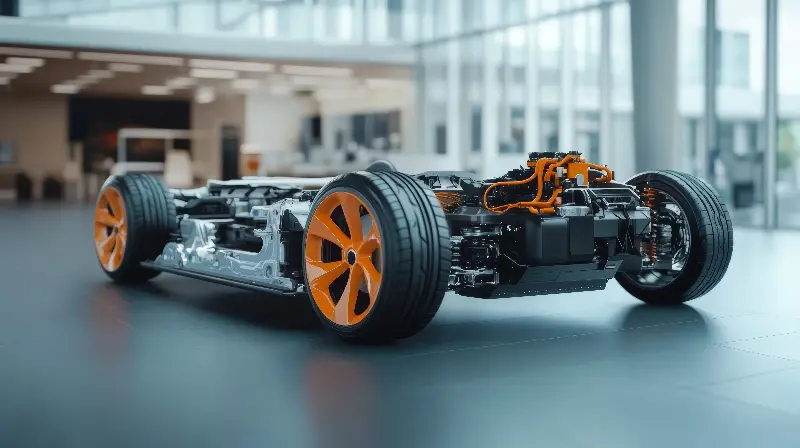
Precision Control: Paddle Shifters And Digital Dashboards
If you relish the lightning fast shifts of a dual-clutch transmission, you can thank Formula 1. The now-ubiquitous paddle shifter emerged as F1 teams searched for ways to allow drivers to change gear without ever taking their hands off the steering wheel. This technology quickly jumped to high-end supercars, and now even compact sedans and family SUVs offer paddle shifters for a sporty feel.
Digital dashboards and heads-up displays (HUDs) also have their roots in racing, as F1 teams sought to deliver critical information to drivers at a glance. This has woven into mainstream car culture as vibrant, customisable displays. They show real-time speed, navigation and safety alerts—keeping our eyes on the road where they belong.
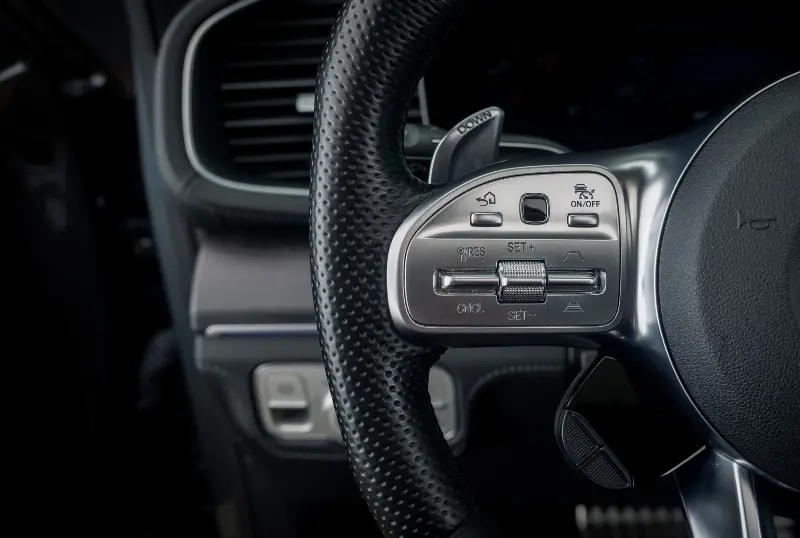
Light As A Feather: The Rise Of Composite Materials
Weight is the enemy of speed and efficiency. To counter this, F1 pioneered the use of composite materials, most notably carbon fibre. What was once space-age technology reserved for propelling Ayrton Senna and Michael Schumacher down the straights is now widely used in sports cars, motorcycles and even in structural elements of mid-range vehicles.
These lighter, stronger materials mean better performance, reduced fuel consumption and—perhaps most importantly—cars that are less polluting and more sustainable across their lifetimes.
Everyday drivers may never feel the g-force of Eau Rouge or stand atop a Formula 1 podium, yet the legacy of grand prix innovation is all around us. Each journey to work or weekend escape is enhanced—often invisibly—by the racing spirit. In F1, technology is pushed not just for the thrill of victory, but with an eye toward a safer, smarter and more exhilarating drive for everyone. So as you buckle up, switch on your adaptive cruise control or glide along with turbocharged efficiency, remember: your car is more than transport—it’s a slice of racing heritage on four wheels.
